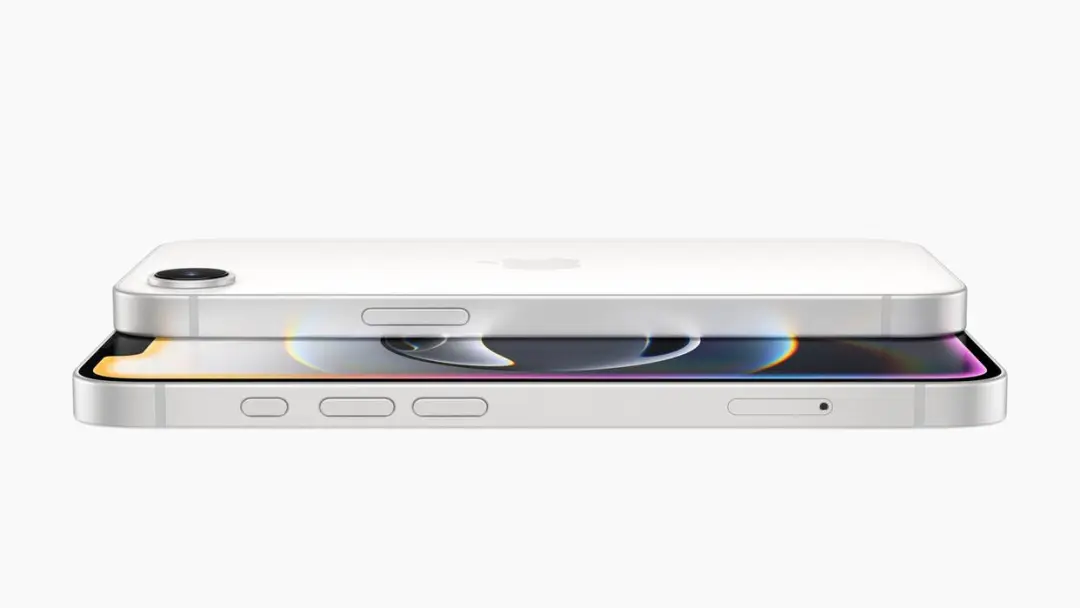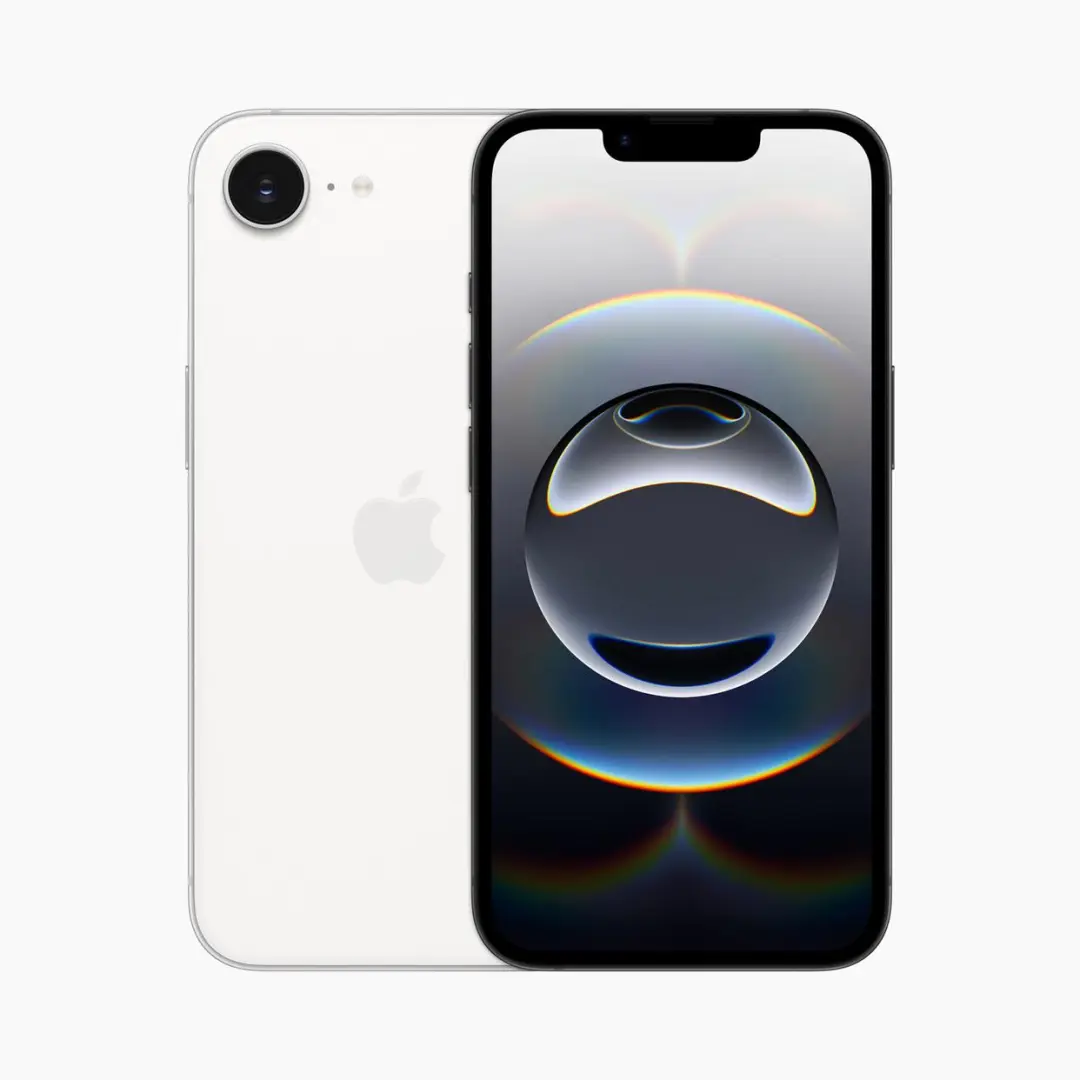The iPhone 16e uses more than 30% recycled materials, including 100% recycled cobalt and 95% recycled lithium for the battery, and 85% recycled aluminum for the body.
On February 19, 2025, Apple launched a new iPhone 16e model, with optional storage capacity of 128GB, 256GB and 512GB, open for pre-order on February 21, and officially launched on February 28, with a starting price of 4,499 yuan.
Apple says the iPhone 16e is designed to protect the environment. To achieve Apple's 2030 carbon neutrality goal, all of its facilities now use 100% renewable electricity, and the iPhone 16e uses more than 30% recycled materials overall, including 100% recycled cobalt and 95% recycled lithium for the battery, and 85% recycled aluminum for the body.
In addition, the iPhone 16e motherboard and glass back are also more efficient to produce, which reduces the raw materials required. The packaging materials are all fiber materials, making Apple one step closer to the goal of completely eliminating plastic packaging by 2025, which undoubtedly sets a new benchmark for the industry.
1. Which electronic products use recycled plastic?
Many electronic product manufacturers have thrown themselves into the environmental wave of recycled materials.
Specifically in the field of recycled plastics, Lenovo has used recycled plastics in its products since 2008 and plans to reach the goal of using more than 136,000 tons of post-consumer recycled plastics in the 2025/26 fiscal year. Like the ThinkPad X1 Carbon Gen12 key cap, which contains 85% post-consumer recycled plastic, the battery housing, speaker housing, and AC adapter housing all contain 90% post-consumer recycled plastic.
Dell has also moved aggressively to use PCR plastics from multiple sources in its product and packaging portfolio, with some Dell Optiplex desktops using up to 59% PCR plastic. Dell's high-end business laptop Latitude 9440 has a battery case that is 90 percent PCR plastic and a fan case that is 28 percent recycled Marine plastic.
Acer has set a goal to use 20-30% of post-consumer recycled plastic by 2025, and the Acer Aspire Vero16 will further increase the proportion of recycled plastic in the chassis to 60% by 2024.
On SONY's Linkbuds series of headphones, the exterior parts are made of recycled and discarded ABS plastic, and the new color Earth Blue is made of recycled and discarded plastic bottles.
HP used 18% of post-consumer recycled plastics in its personal systems and printing portfolio in 2023 and plans to increase that to 30% by 2025.
3. Reasons for the popularity of recycled plastics
Recycled plastics are becoming more and more popular in electronic products, mainly for the following reasons.
From an environmental perspective, the use of recycled plastics can significantly reduce the use of native plastics, reduce the dependence on limited resources such as oil in the plastic production process, and reduce the pollution of plastic waste to the environment. This is certainly relevant today, when resources are increasingly stretched.
From the perspective of cost, with the continuous progress of recycling technology and the emergence of scale effects, the cost of recycled plastics is gradually reduced, for electronic product manufacturers, under the premise of ensuring product quality, the use of recycled plastics can reduce production costs and improve the market competitiveness of products.
In terms of performance, today's recycled plastics through technological improvements can meet the requirements of electronic products in terms of strength, durability, insulation, etc., and even perform better in some characteristics. From the perspective of brand image building, the use of recycled plastics reflects the enterprise's social responsibility and environmental awareness, can win the recognition and favor of consumers, and enhance the brand's reputation and loyalty.
It can be seen that the application of recycled plastics in electronic products has become an inevitable trend in the development of the industry. More and more manufacturers have joined the ranks of using recycled plastics, not only contributing to the cause of environmental protection, but also laying the foundation for their own sustainable development. In the future, with the further development of technology and the continuous improvement of people's environmental awareness, the application prospect of recycled plastics in electronic products will be broader, and it may be applied in more types of electronic products, and its proportion will continue to increase, promoting the entire industry to make strides in the direction of more green and environmental protection.








